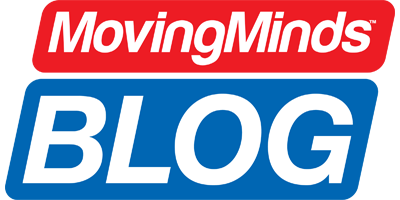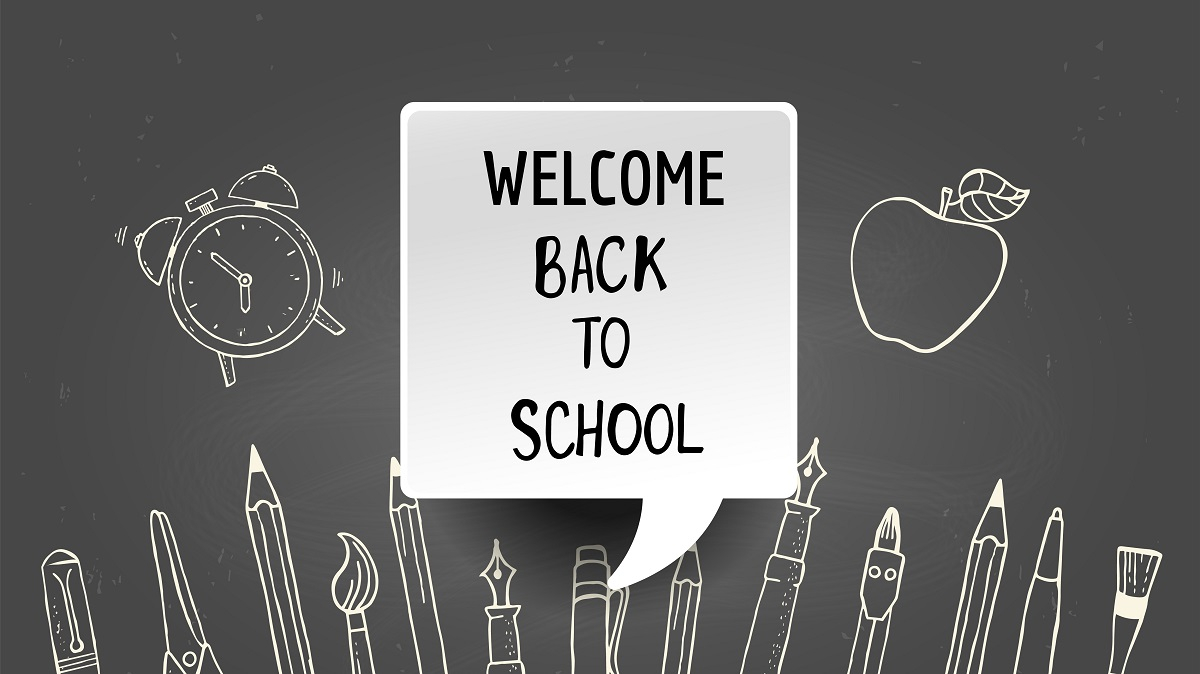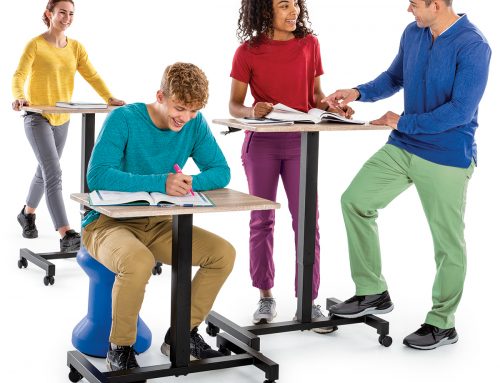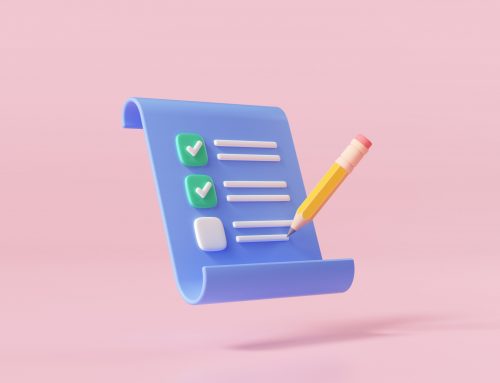With the school year approaching, a large and growing body of research suggests that physical activity should be part of every classroom, regardless of grade or content area. A physically active classroom can and should be natural to the school learning experience. Whether it be as mundane as partnering with another student to discuss new learning or as rousing as participating in a class team-building activity, teachers interested in how the brain prefers to learn might carefully consider physical activity as an important option to maximize student achievement.
The Benefits of a Physically Active Classroom
Creating a physically active classroom has numerous benefits. It is widely known that physical activity improves circulation, reduces sitting time, increases alertness and attention, and can increase motivation but there are many other benefits that are not as well-known and just as important to academic success. Here are my top 4:
Efficient Manager of State
Physical activity is an efficient manager of “state”. In other words, physical activity puts students in optimal brain/body emotional states which are critical to manage. Why? Because when it comes right down to it, your job is about long-term memory, whether this pertains to curriculum, social emotional learning, or physical skills. When emotional elements are minimal, there are two criteria for long-term memory storage — “Does this make sense?” and “Does this have meaning?” Of the two criteria, meaning is more significant on the probability that information will be stored. Here is the most important statement in this blog — meaning making is state dependent. How a student feels during content acquisition matters.
Coming full circle, physical activity is your best available manager of state. It’s certainly not the only one, but it is the most potent. If you notice the energy in the room sagging, eyes staring out the window, body language drooping — STOP! — and get your students up and moving! Their learning depends on it!
A Break From Learning
Physical activity can provide a break from learning. Working memory has capacity limits, especially when dealing with new information that has no relevance to the student. The hippocampus, crucial to the conversion of working memory to long-term memory, has a limited capacity and can be easily overwhelmed.
Imagine this part of the brain being the size of a paper cup. Teachers often try to fill this paper cup with information that would fit into a large pitcher! As far as learning and the brain are concerned, however, shorter is usually better. Built-in breaks, sometimes using physical activity, and time for processing essential content are crucial to the learning process. Physical activity in the form of brain boosts, class cohesion activities, reviewing curriculum, and more can provide a necessary break from learning and make the entire process more efficient.
Reduce Stress
Physical activity can reduce stress and create mindfulness. Using physical activity as part of an integrated classroom experience can help foster a positive emotional climate. This can result in an environment that minimizes stress while maximizing learning. Mindfulness is often thought of as something that must be quiet and meditative. While the two are often connected, the definition of mindfulness has more to do with the fact or condition of being present, of paying attention in a particular way on purpose, and in the present moment.
Physical activities, especially ones that are more involved, have a good chance of pulling us into the moment while forcing us to pay attention. This can have a stress reducing effect especially when so much of anyone’s stress happens between the years of having to do things that have already happened or that we perceive might happen in the future.
Meeting the Brain’s Needs
Physical activity can meet the brain’s need for novelty. We are naturally novelty seekers, interested in changes that occur around us. It’s a survival mechanism which works against a student’s ability to pay attention in school. Our brains are pre-programmed to notice differences. I like to tell teachers that the “brain (of a student) is always paying attention, probably just not to you.” Short bursts of physical activity help students engage their need for novelty, put them in a good state to learn, and help them stay focused more readily on schoolwork.
Here are two quick activities to help manage student learning states, provide breaks from content, reduce stress, and help meet the brain’s constant search for novelty:
Finger Grab
To begin, partners stand facing each other. Each partner then puts out their right hand with their palms facing up. Then each partner takes their left pointer finger and puts it in the right palm of their partner. On your signal, partners should simultaneously try to pull their fingers out of their partner’s palms while trying to grab their partner’s fingers. Repeat several times and change partners!
Body Writing
Start with instructing students to use their heads, elbows, and hips as writing utensils. The air is their paper. When I do this specific brain boost, I ask people to write the names of their mother in the air with their head. Then with their elbows, I ask them to write the name of their father and best friend respectively. Finally, I ask them to write the name of a favorite vacation spot and their favorite food with each hip. Have fun!
References:
Lengel, T. & Kuczala, M. (2010). The Kinesthetic Classroom: Teaching and learning through movement. Thousand Oaks, CA: Corwin.
Kuczala, M. & Lengel, T. (2017). Ready, set, go! The kinesthetic classroom 2.0. Thousand Oaks, CA: Corwin Sousa, D. (2017). How the brain learns. Thousand Oaks, CA: Corwin.

Mike Kuczala is a thought leader on using physical activity in teaching, training, and learning. He has delivered keynotes, given presentations and taught graduate courses on 4 continents. His presentations, courses, books and videos have reached more than 100,000 teachers, trainers, corporate executives, parents and students. He is also the coauthor of the Corwin Bestseller and Association of Educational Publishers’ Distinguished Achievement Award nominated, The Kinesthetic Classroom: Teaching and Learning through Movement, a book and philosophy that has changed the view of teaching and learning around the world.






Leave A Comment